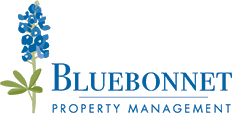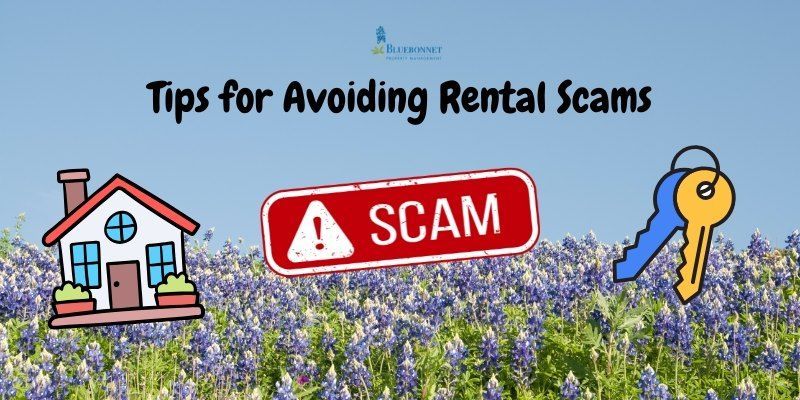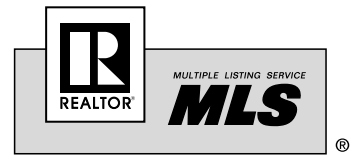How to Manage Property: Everything a Landlord Needs to Know

Becoming a landlord can be a rewarding and potentially lucrative venture, but it comes with its own set of challenges and responsibilities. Whether you're new to property management or an experienced landlord looking to sharpen your skills, understanding how to manage property effectively is essential. In this comprehensive guide, we'll cover everything a landlord needs to know to ensure the successful management of rental properties.
1. Setting the Foundation: Legal and Financial Considerations
Before you dive into property management, it's crucial to lay a solid foundation by addressing legal and financial considerations:
- Know the Laws: Familiarize yourself with federal, state, and local landlord-tenant laws. These regulations cover areas such as tenant rights, eviction processes, fair housing, and property maintenance standards. Staying compliant is essential to avoid legal issues.
- Property Financing: Determine your budget and how you'll finance the property. Options include purchasing outright, taking out a mortgage, or securing financing through other means. Consider the long-term financial implications and ensure your investment aligns with your financial goals.
- Insurance: Protect your investment with landlord insurance. This coverage can help safeguard your property from various risks, such as property damage, liability claims, and loss of rental income due to unforeseen circumstances.
- Taxes: Understand the tax implications of your property investment. Consult a tax professional to ensure you're taking advantage of available deductions and credits.
- Property Management Software: Consider using property management software to streamline your financial management. These tools can help you keep track of income, expenses, and generate financial reports.
2. Property Selection and Acquisition
Choosing the right property is a pivotal step in property management. Consider the following factors:
- Location: The property's location is a key determinant of its rental potential. Research areas with strong demand for rental properties, good schools, and low crime rates.
- Property Type: Decide on the type of property you want to manage. Options include single-family homes, multi-family units, condos, or commercial properties. Each type has its own pros and cons.
- Condition: Assess the property's condition and any necessary repairs or renovations. A well-maintained property is more attractive to tenants and can command higher rent.
- Market Analysis: Conduct a thorough market analysis to determine the rental rates in your chosen area. This information will help you set competitive rents.
- Financing Options: Secure financing if needed and go through the process of acquiring the property. Ensure the transaction adheres to legal requirements.
- Property Portfolio Growth: If you're considering expanding your property portfolio, it's essential to plan your future property acquisitions carefully. Research new investment opportunities and ensure they align with your long-term goals.
3. Preparing the Property for Rental
Once you've acquired the property, it's time to get it ready for tenants:
- Clean and Repair: Ensure the property is clean and in good repair. Address any maintenance issues, such as plumbing, electrical, and structural problems.
- Safety Standards: Comply with safety standards, including smoke detectors, carbon monoxide detectors, and fire extinguishers. Make sure the property is safe for habitation.
- Aesthetics: Consider the property's curb appeal. A well-maintained exterior can attract potential tenants. Invest in landscaping and exterior improvements.
- Legal Requirements: Ensure the property meets all legal requirements, such as building codes and health regulations. Obtain any necessary permits.
- Tenant Application: Have a detailed tenant application process in place. Collect information on income, rental history, and references.
- Background Checks: Perform background checks, including criminal, credit, and eviction history. This helps you assess a tenant's suitability.
- Fair Housing: Familiarize yourself with fair housing laws to prevent discrimination when selecting tenants.
- Lease Agreement: Create a comprehensive lease agreement that outlines the terms and conditions of the rental. It should cover rent, security deposit, responsibilities, and more.
- Rent Collection: Establish a reliable rent collection process. This could include online payment options, automatic deductions, or other convenient methods.
- Property Maintenance: Regularly maintain the property. Address tenant requests and perform inspections to ensure the property remains in good condition.
- Emergency Maintenance: Be prepared for emergency maintenance requests. Have a plan in place to address urgent issues promptly.
6. Tenant Relations and Communication
Maintaining positive relations with your tenants is essential for a successful landlord-tenant partnership:
- Effective Communication: Foster open communication with your tenants. Be responsive to their inquiries and concerns.
- Respect Privacy: Respect your tenants' privacy rights and provide proper notice when entering the property for inspections or repairs.
- Renewals and Terminations: Manage lease renewals and terminations in a transparent and respectful manner.
7. Legal Compliance and Evictions
Stay informed about legal requirements and be prepared for potential evictions:
- Legal Compliance: Continue to adhere to landlord-tenant laws and regulations. This includes ensuring the property is up to code and maintaining safe living conditions.
- Eviction Process: Familiarize yourself with the eviction process. It should be a last resort, used only when all other options have been exhausted.
- Documentation: Keep detailed records of all interactions with tenants, including lease agreements, communication, and maintenance requests.

8. Property Upkeep and Renovations
Over time, properties may require updates and renovations:
- Regular Maintenance: Implement a regular maintenance schedule to address wear and tear.
- Renovations: Consider renovations to improve the property's value and appeal. These can include kitchen or bathroom updates, new flooring, or energy-efficient upgrades.
- Budgeting: Create a budget that accounts for property expenses, such as maintenance, property management fees, and insurance.
- Accounting: Maintain accurate financial records. This includes tracking income, expenses, and taxes.
10. Property Management Software and Tools
Leverage technology to streamline property management:
- Property Management Software: Invest in property management software to help with rent collection, maintenance requests, and tenant communication.
- Online Advertising: Use online platforms to advertise your rental properties and attract potential tenants.
11. Hiring a Property Manager
If figuring out how to manage property seems daunting and overwhelming, consider hiring a professional property manager:
- Benefits: A property manager can handle day-to-day tasks, tenant relations, and maintenance, allowing you to focus on other investments or interests.
- Costs: Factor in the cost of hiring a property manager, typically a percentage of the rent collected.
12. Exit Strategy
Plan for the future of your property investment:
- Resale or Refinance: Decide whether you'll sell the property or refinance it to access its equity.
- Property Portfolio Growth: If you plan to expand your property portfolio, research new investment opportunities.
Conclusion
Effective property management is a multifaceted task that requires a blend of legal knowledge, financial acumen, and interpersonal skills. By following the steps outlined in this guide and staying informed about the ever-evolving world of property management, you can navigate the challenges and reap the rewards of being a successful landlord. Remember, property management is an ongoing process that requires commitment, diligence, and a proactive approach to ensure your rental properties thrive. With the right knowledge and resources, you can achieve long-term success as a landlord in a competitive real estate landscape.







